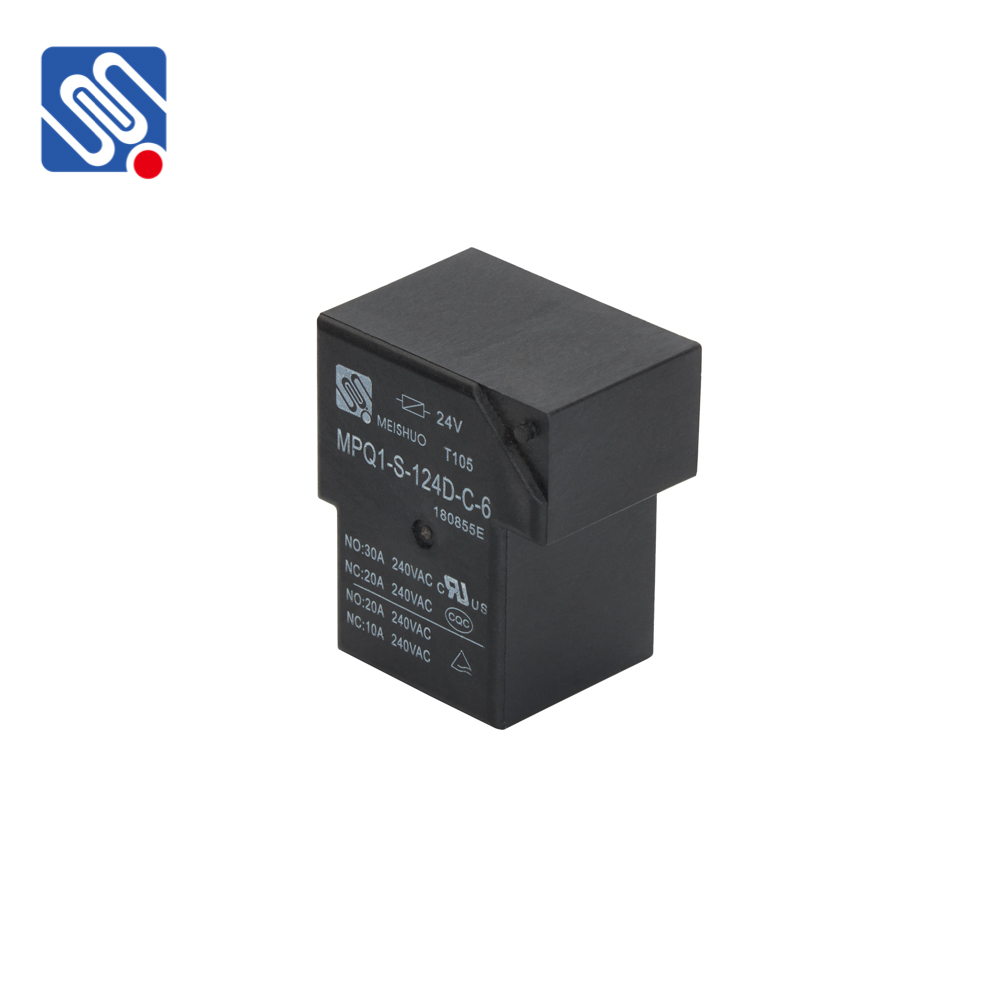Relays have been a fundamental component in electrical circuits for decades, providing a reliable means of controlling circuits and devices remotely. However, with the advancements in modern technology, several alternatives to traditional electromechanical relays (EMRs) have emerged. These relay alternatives offer various benefits such as faster response times, longer lifespans, and improved reliability. In this article, we will explore some of the most prominent relay alternatives, including solid-state relays, MOSFETs, thyristors, optocouplers, and more.

Solid-State Relays (SSRs) One of the most common relay alternatives is the solid-state relay. Unlike traditional relays, which use mechanical contacts to switch circuits, SSRs use semiconductor components such as thyristors, MOSFETs, or triacs to perform the switching. These devices provide several advantages over mechanical relays, including faster response times, reduced wear and tear (since there are no moving parts), and greater resistance to vibration and shock. The primary benefit of SSRs is their ability to switch at high speeds without mechanical delay, making them ideal for applications requiring quick, repeated switching cycles, such as in heating control systems, industrial automation, and telecommunications. Furthermore, SSRs have a much longer operational life than traditional relays because they lack the mechanical components that are prone to degradation.